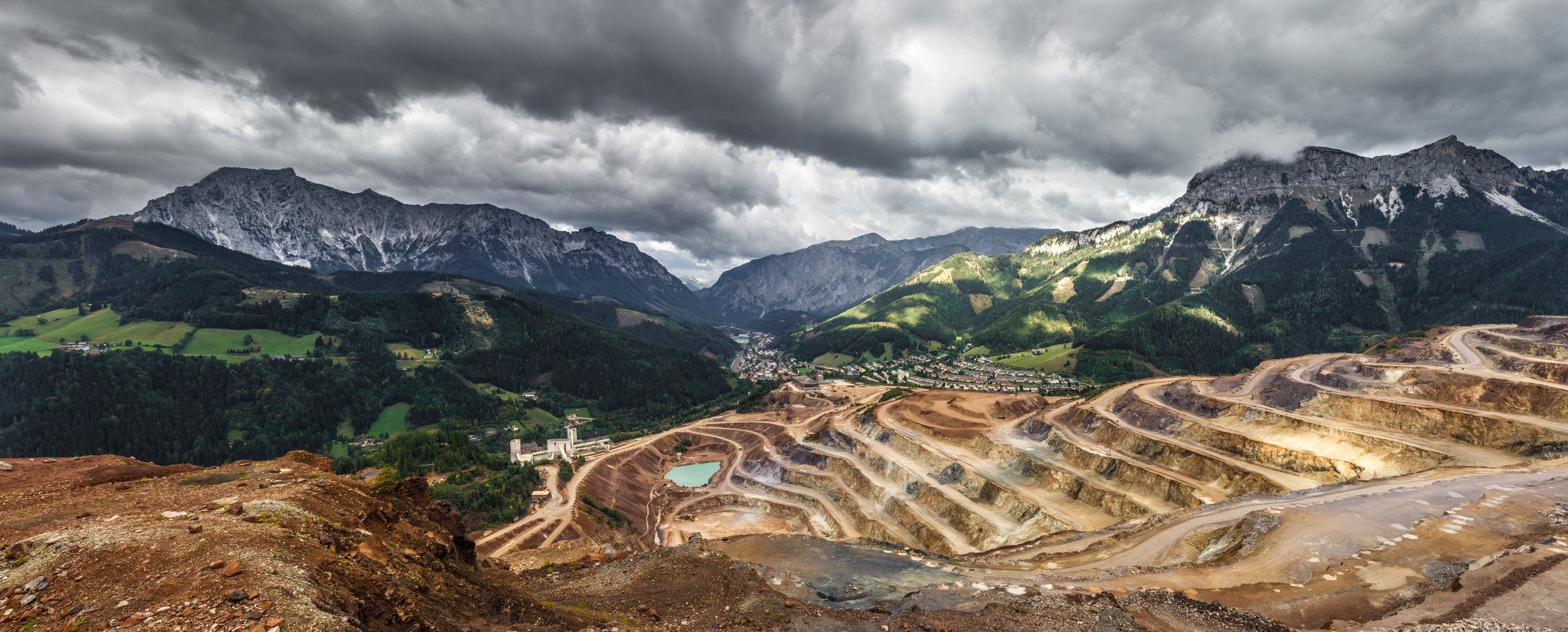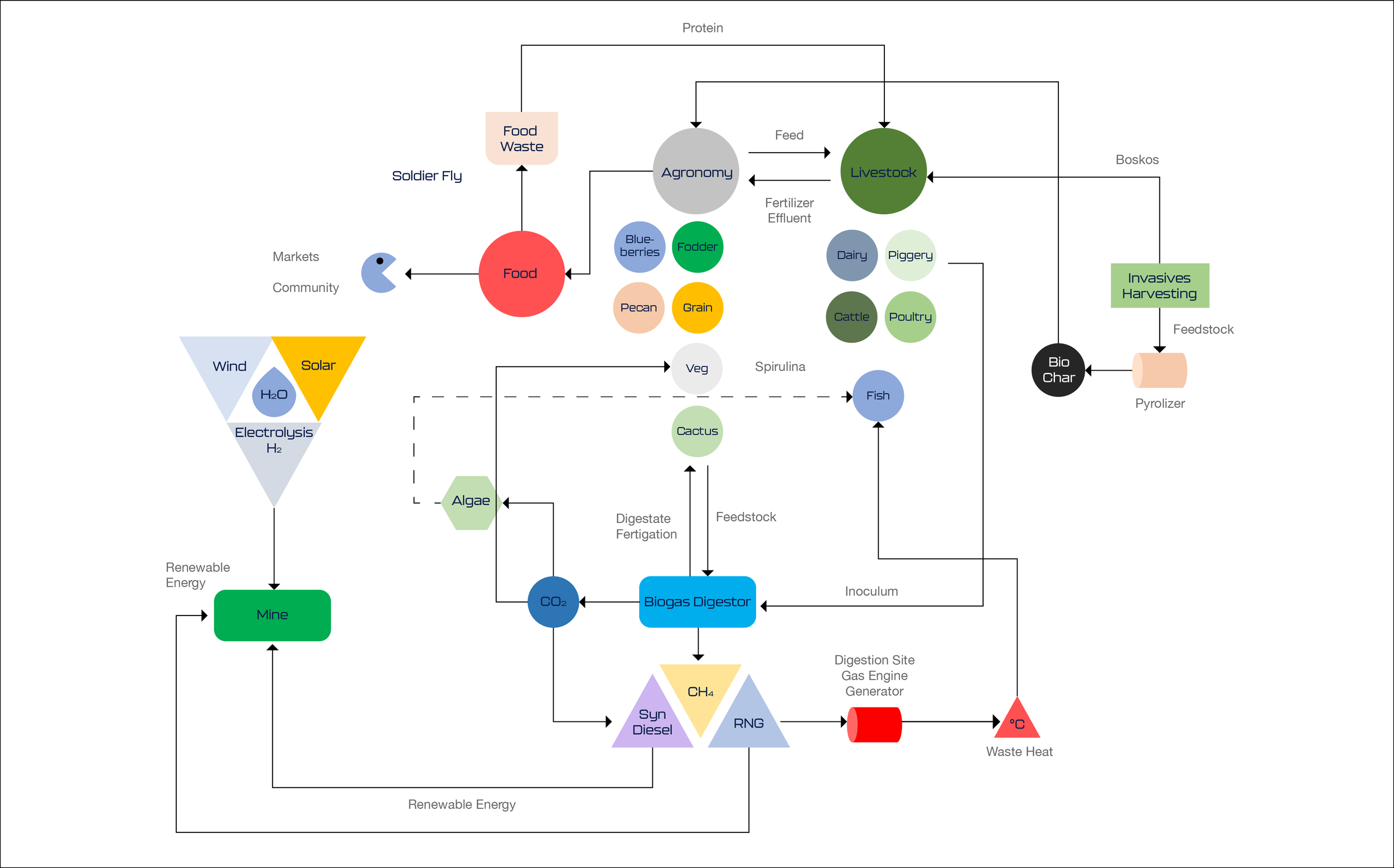Case Study Report: Economic Diversification for Post Mine Economies
Economic diversification is essential for mining areas transitioning to a post-mine economy. It refers to expanding and creating new economic activities and industries beyond the traditional mining sector. Economic diversification aims to build a sustainable and resilient economy that can support the local community's long-term prosperity.
The importance of economic diversification in mining areas cannot be overstated. When a mine reaches the end of its life, the local economy can suffer a significant blow as jobs are lost and the income generated from mining activity declines. In some cases, the closure of a mine can devastate the entire region's economy, mainly if the mining sector is the primary source of employment and economic activity.
By diversifying the local economy, mining areas can reduce their reliance on the mining sector, which can be volatile due to fluctuating commodity prices, changes in demand, and other factors beyond the local community's control. Economic diversification can create new job opportunities, attract investment, and foster innovation and entrepreneurship.

Case Study 1
Start Date: 2021
Location: Limpopo Province, South Africa
C-NES developed the economic diversification architecture for a multi-pit underground operation that extracts platinum group metals in the Limpopo province of South Africa. The operation spans over 45 square kilometers and employs over 7,000 workers.
The Mines Economic Diversification Programme that C-NES designed in collaboration and consultation with multiple mine and industry personnel was a system of integrated economic enterprises that creates economic opportunities concurrent with mining operations and establishes a sustainable economy post-mine closure.
The Programme was designed with six business plans and six concept documents. In addition, the mine developed a business plan for biomass to peaking power, which has since been picked up and modified by the mine (see Investigating Opuntia Ficus-Indica as a Biomass Energy Feedstock).
The number of jobs that could be created is:
Direct permanent: 485
Direct seasonal: 280
Job equivalents: 832.
The business plans were taken to pre-feasibility level with detailed economic models, including CAPEX and debt schedule. The Six Business Plans that were developed were for:
Mixed Agronomy
Pollination, Honey Production, and Apiary Management
Community Livestock Production and Healthcare Management
Dairy
Piggery
Boskos and Invasive Plant Harvesting
In addition, Concept Documents were developed, in which well-researched concepts were proposed. The Six Concept Documents developed were:
Regional Collaborative Development Plan
Mechanised Mining Equipment Centre
Residential Estate and Visitors Centre
Resilient Mining Institute
Underground Modernisation Learning Factory
Water Strategy
Case Study 2
Start Date: 2022
Location: Limpopo Province, South Africa
C-NES developed the economic diversification architecture for one of the largest open-pit platinum mines in the world. The operation is also in the Limpopo province in South Africa and employs over 5,000 workers.
Industrial Ecology was chosen as the design approach to economic diversification due to its integrative, enabling, and circular nature. In essence, the objectives of Industrial Ecology are to catalyse industrial processes through innovative resource use and sharing and to reduce virgin resource consumption and waste. An Industrial Ecology approach's potential role and relevance was as a planning and guidance tool. The design approach can identify and illustrate relationships and interdependencies between the projects that may not have been known if the tasks had not been mapped in such a way.
The benefits of incorporating Industrial Ecology design in the Economic Diversification Value Creation architecture and leveraging off the synergies are:
Reduced waste
Identification of off-takers or recipients of outputs (waste or products)
Cheaper and more accessible raw or input materials
Increased and widespread knowledge of the interconnectivity of the social, environmental, and economic dimensions of the area.
For the Economic Diversification Architecture, C-NES delivered:
A detailed status quo of land. This included historical and present ownership, historical and current land use, water profile, and agronomical potential.
Industrial Ecology architecture for a range of economic diversification projects. This integrated 84 projects from Biodiversity, waste management, Industrial and Mining Supply Chain, Skills Development, Transport and Logistics, Transport and Logistics, ICT and Data Centres, Renewable Energy, Water Access and Systems, Agriculture and Agri-industry, and Residential and Tourism.
Detailed land use for a mine to avoid potential land invasion taking into consideration the future life of asset planning.
A resettlement plan for communities, including aspirational and dignified agri-residential plots.




